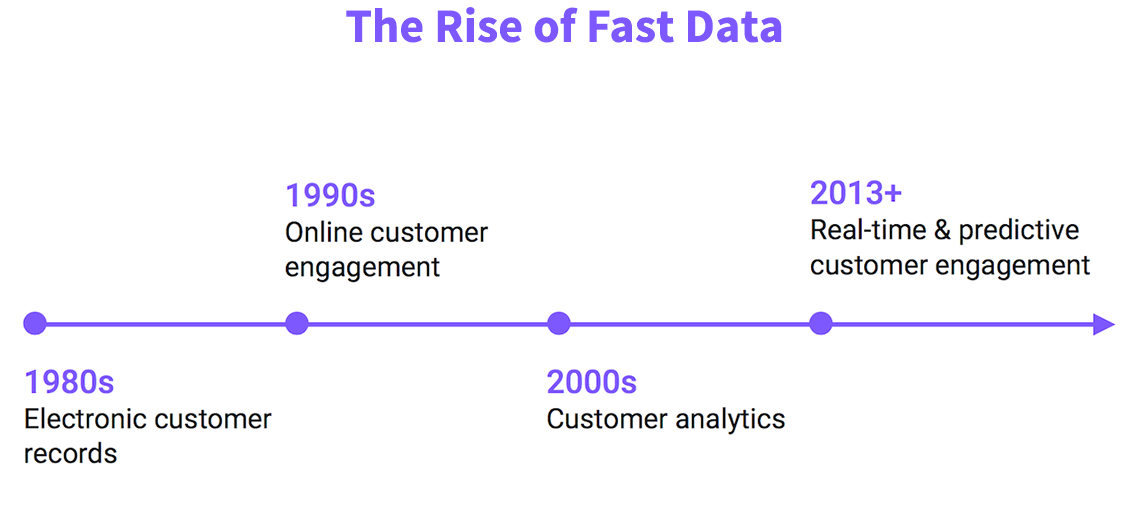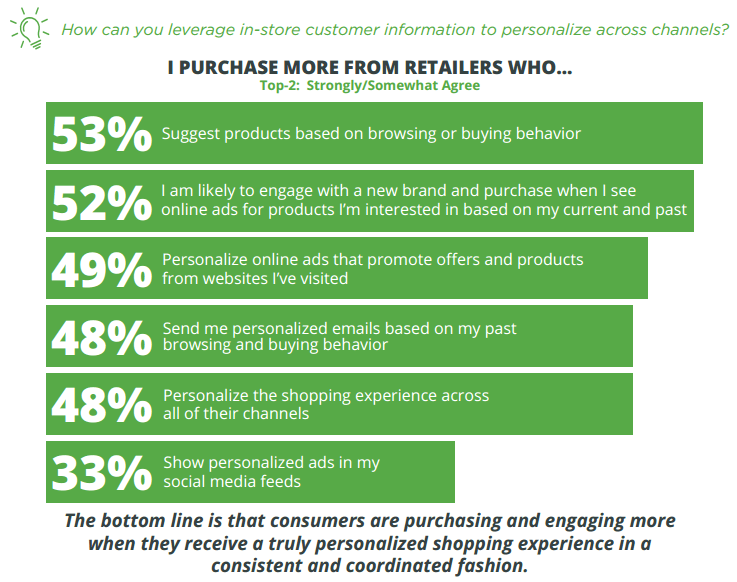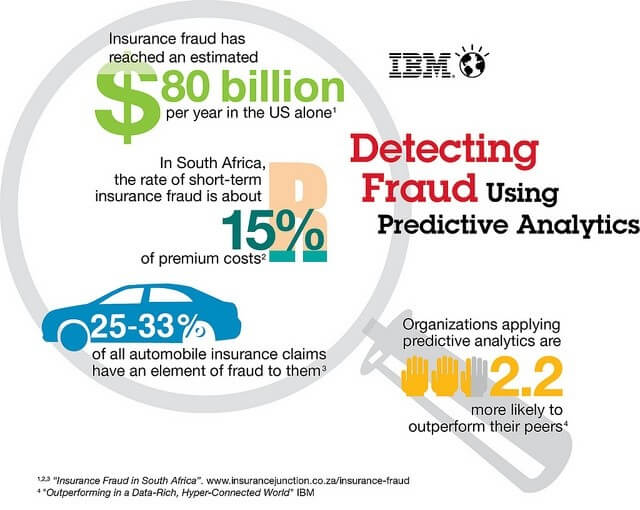With so much data available today, many changes have taken place in the way we collect, store, distribute, process and analyze it. Big data offers companies the ability to obtain more relevant insights than ever before. However, having vast quantities of data has its disadvantages.
For example, it may mean queries run slower and reporting takes longer. Companies need to manage and harness the power of big data in real-time for actionable insights to make them competitive.
 Modern enterprises need to make real-time decisions and this requires much speedier processing of data. The tools used for big data applications are no longer sufficient. New tools and architectures are necessary to handle the challenges of real-time decision needs.
Modern enterprises need to make real-time decisions and this requires much speedier processing of data. The tools used for big data applications are no longer sufficient. New tools and architectures are necessary to handle the challenges of real-time decision needs.
What do we mean by fast data?
Big data focuses on capturing data and off-line batch mode operation. Fast data is applying big data analytics to smaller data sets in real-time or near real-time.
Fast data reduces the time between when data arrives and when the value is extracted from it. Real-time event processing means individual events can be processed as they arrive, with processing times of milliseconds and sometimes even microseconds. This can offer enormous business value.
Decision-makers are beginning to see the importance of responses to queries and instantaneous reporting to address customer needs and maintain infrastructure. For a competitive advantage, they are turning their attention to fast data.
For example, in the past retail restores analyzed historical purchases to decide which products to add in the next year. By comparison, Amazon offers personalized recommendations based on many different individual characteristics of customers, including what products they viewed in the last few seconds. Here is an image showing the rise of fast data-
 What does successful fast data architecture offer?
What does successful fast data architecture offer?
Companies need to use systems and approaches that allow timely and cost-efficient processing of data. A successful system must satisfy high-level requirements when it comes to acquiring, storing, analyzing and visualizing data.
Efficient data center management is essential to meet the demands of making decisions in real-time. Data visualization communicates information by encoding it visually in graphs to clearly and efficiently give users information.
Many open-source projects have been born out of the need to solve the challenge of fast data. The need for fast data has opened up consumer applications that make it possible for enterprises to make smarter decisions and improve processes like never before.
 Evaluate your data needs
Evaluate your data needs
Most companies need to use a combination of big data and fast data. Different types of data are needed at different times and you need to evaluate your business to identify what data you need to use and when.
Knowing the difference between big and fast data, and clearly identifying what you need to know now versus what you can evaluate later means that you can choose the best tools and applications for your business.
Considering in-memory data
You need to evaluate if your system has the infrastructure you need for in-memory processing. Not all processes should be in-memory and combining resources offers optimal results.
An in-memory database helps with the management of big data. In-memory computing allows fast data storage, access and manipulation.
An important advantage when using such a system is real-time embedded systems. These require a small memory and CPU footprint, allowing real-time updates so business gain access to data as it happens. An in-memory database not only facilitates a faster response to queries but can reduce IT costs.
Don’t ever lose sight of the proximity of data as the best performance comes from having locally available data. When data is not near, transfer costs.
A personalized shopping experience
Modern shopping websites are all about what they can offer to particular clients at precise moments. If e-merchants run campaigns based on old data, they lose out on significant business. This is a major Google analytics data error. Older browsers continue without updates and have the older version of analytics cached and won’t feed analytics the correct data.
What if a customer purchases a dress, and instead of showing her accessories to go with the dress, the company continues to show her dresses? Being able to analyze and report the data in real-time would enable the e-merchant to offer ads for belts, shoes and other complimentary accessories while the customer is still browsing on the site.
This type of targeting allows customers to enjoy a personalized shopping experience and increases the chance of more purchases.
Consider a consumer looking on a travel website for cheap travel deals. If the results take too long to load, the person is likely to move on to other sources. A travel website that focuses on fast data, rather than just large qualities of it will be able to deliver real-time page loads and enjoy better customer retention.

Insights to Make Personalized Experience
Optimized inventory levels
Issues such as failed product introductions, phantom inventory and inaccurate forecasting continue to affect the retail industry. Using fast data solutions can help to eliminate the problems of running out of stock, optimize inventory levels and maximize profitability for retailers.
Increased brand loyalty and spending
High-quality personalized data increases brand loyalty and spending. Many consumer services such as Uber, Facebook, Amazon and Spotify rely on such data. When response time improves and customers have a more personalized experience, they are more likely to remain loyal and spend more.
Faster customer service
Fast data could provide telco operators with more revenue through analytical services for business partners. Analyzing network data, such as capacity and performance is important but focusing on customer data as it correlates with network data, offers more insights that can improve customer service in real-time.
Instantaneous information of bandwidth spikes, dropped calls and downtime can speed up customer service. Customers today want instant satisfaction and fast customer data gives operators the means to provide it.
Conclusion
The ability to run fast data analytics offers the potential for improving processes and directly improving a company’s bottom line. By using such data, a company becomes more competitive in the real-time world, creating new business opportunities and serving customers in new ways. Most companies are planning to increase their investment in streaming data in the next years and those who don’t risk being left behind.




Leave a Comment